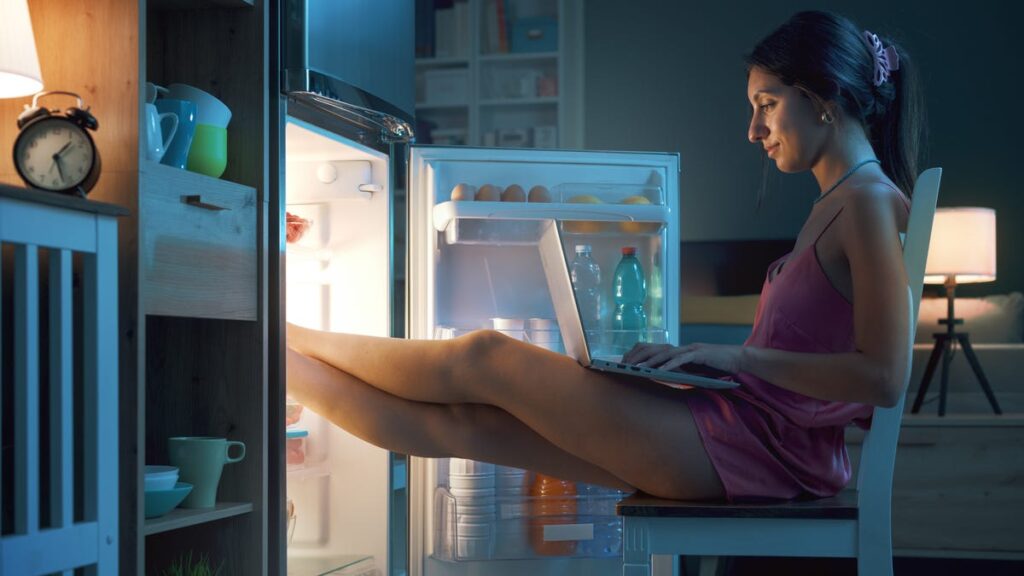
Record temperatures have slammed the central and eastern United States this week, triggering a heat wave that is affecting up to 80 million people and is expected to get worse, with the National Weather Service warning that it could become a deadly weather event.
Technology plays a vital role in our lives, especially in extreme situations like these. Staying connected, monitoring the weather forecast and calling emergency services when needed are critical lifelines, so it's essential to ensure your technology is ready and reliable when you need it most.
Plus: The best portable power sources you can buy: tested by experts
It's easy to think of heat as the only challenge, but with rising temperatures comes the threat of power outages. Planning ahead means considering both unbearable heat and the possibility of power outages. Being proactive and prepared can make a big difference in your ability to handle these harsh conditions.
Dealing with the heat
Your first priority should be to keep your technology devices as far away from heat as possible. Don't leave your laptop or smartphone in direct sunlight. Don't leave your device in a car in the hot sun, as the temperature can rise quickly. If your device starts to overheat, turn it off and allow it to cool.
Cases are great for protecting your device from shocks, but they don't protect against heat. Cases trap heat and prevent it from dissipating efficiently. Removing the case will help keep your device cooler.
When charging your device, make sure it's in the shade. If there's no natural shade available, you can create some shade by draping a white cloth over your device. This cloth reflects a large portion of the sun's heat, but darker colored materials absorb the heat and are less effective.
Make the most of your air conditioning in your home and car, and use fans as much as possible to keep the environment cool.
Plus: Is your phone overheating? 3 ways to cool it down quickly (and what not to do)
Most importantly, if your device issues an overheating warning, turn it off immediately and move it to a safe, cool place as soon as possible. Taking these precautions will help ensure your tech gadgets keep functioning even in extreme heat.
What happens if there is a power outage?
But heat also brings with it other potential problems: power outages. Not only does the increased load caused by people turning down their air conditioning put extra strain on systems, but the heat itself can cause major problems for the power grid.
How you prepare for this will depend on the resources you have available.
At the very least, make sure all your devices are fully charged, including your power bank. If you have a power station, make sure that's charged as well. If you have portable solar panels, now is the perfect time to get them out and start collecting free solar power.
I collect free power using a Bluetti AC180 connected to a 120W solar panel.
Adrian Kingsley-Hughes/ZDNET
If you have a desktop computer, we recommend plugging it into an Uninterruptible Power Supply (UPS) or power station while you're using it. Additionally, plug your router and network equipment into the UPS. That way, if there's a power outage, you'll have enough time to save your work and shut everything down properly to prevent a sudden crash.
Plus: Get the Bluetti AC180 Power Station for under $600
Taking these precautions can help reduce the inconvenience and potential damage caused by unexpected power outages during a heatwave. Being prepared not only ensures that your critical technology keeps functioning and your data is safe, but it also allows you to continue communicating even during a power outage.

